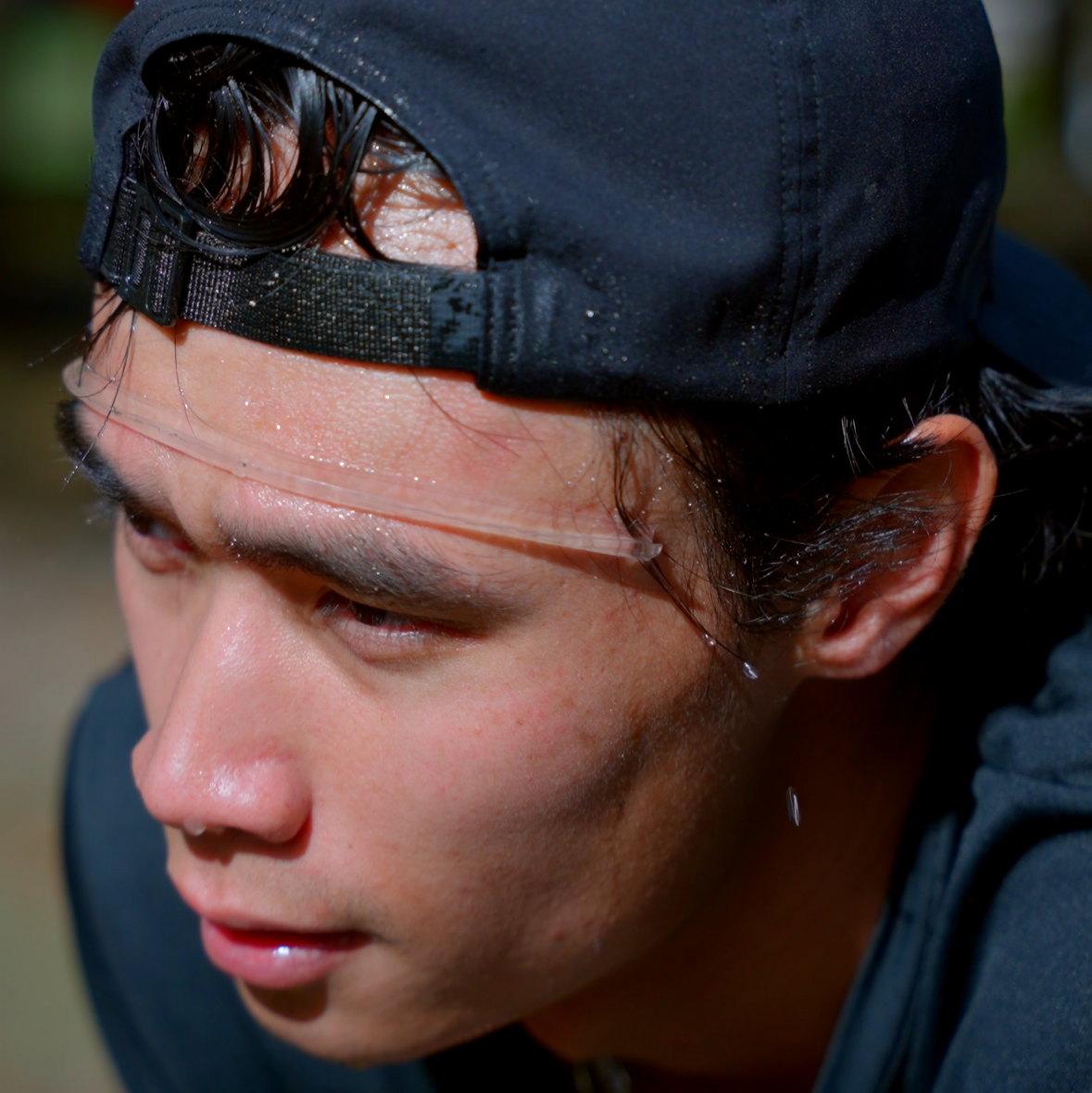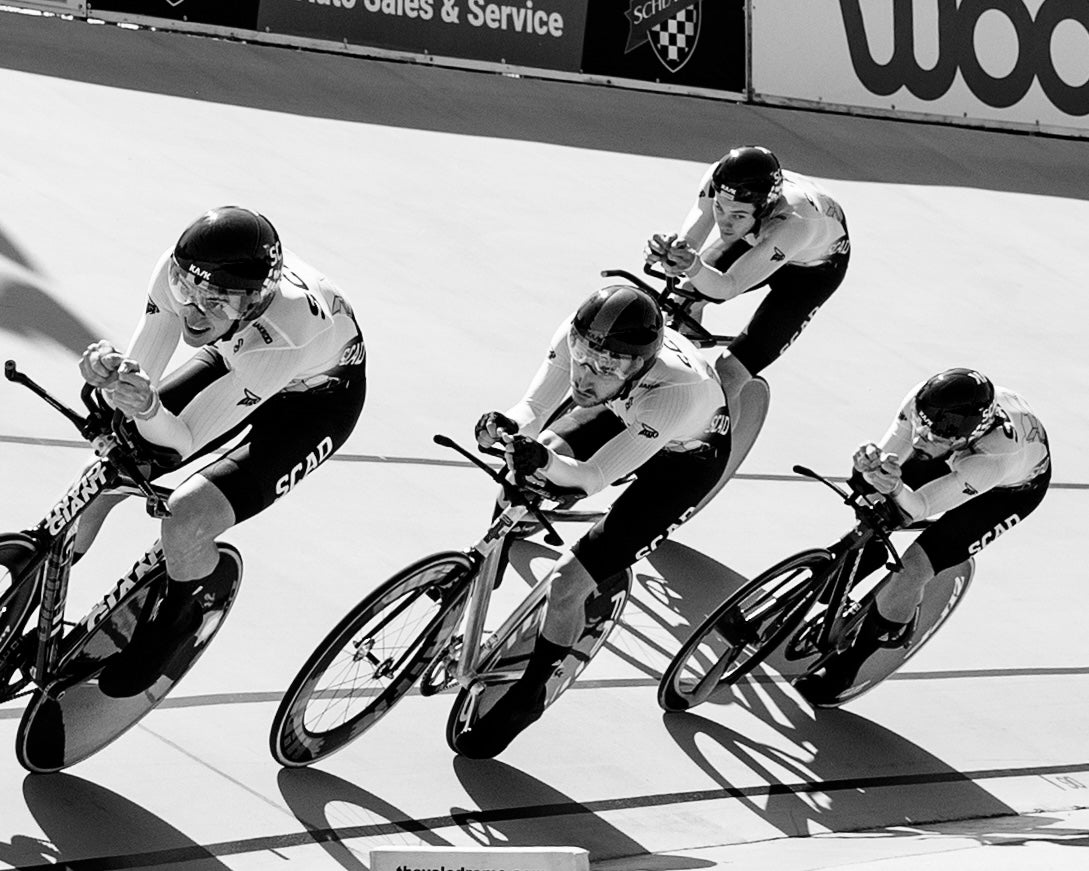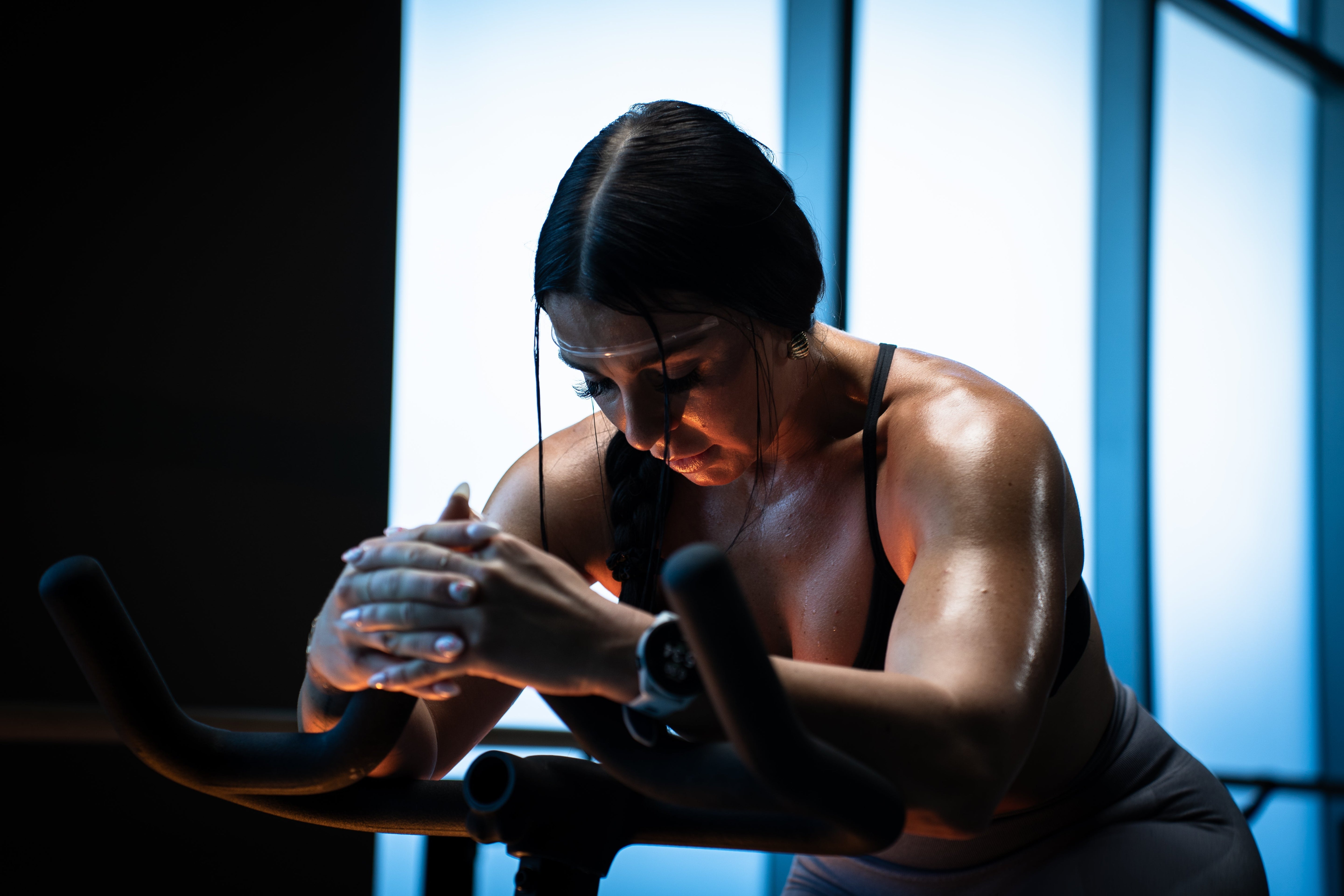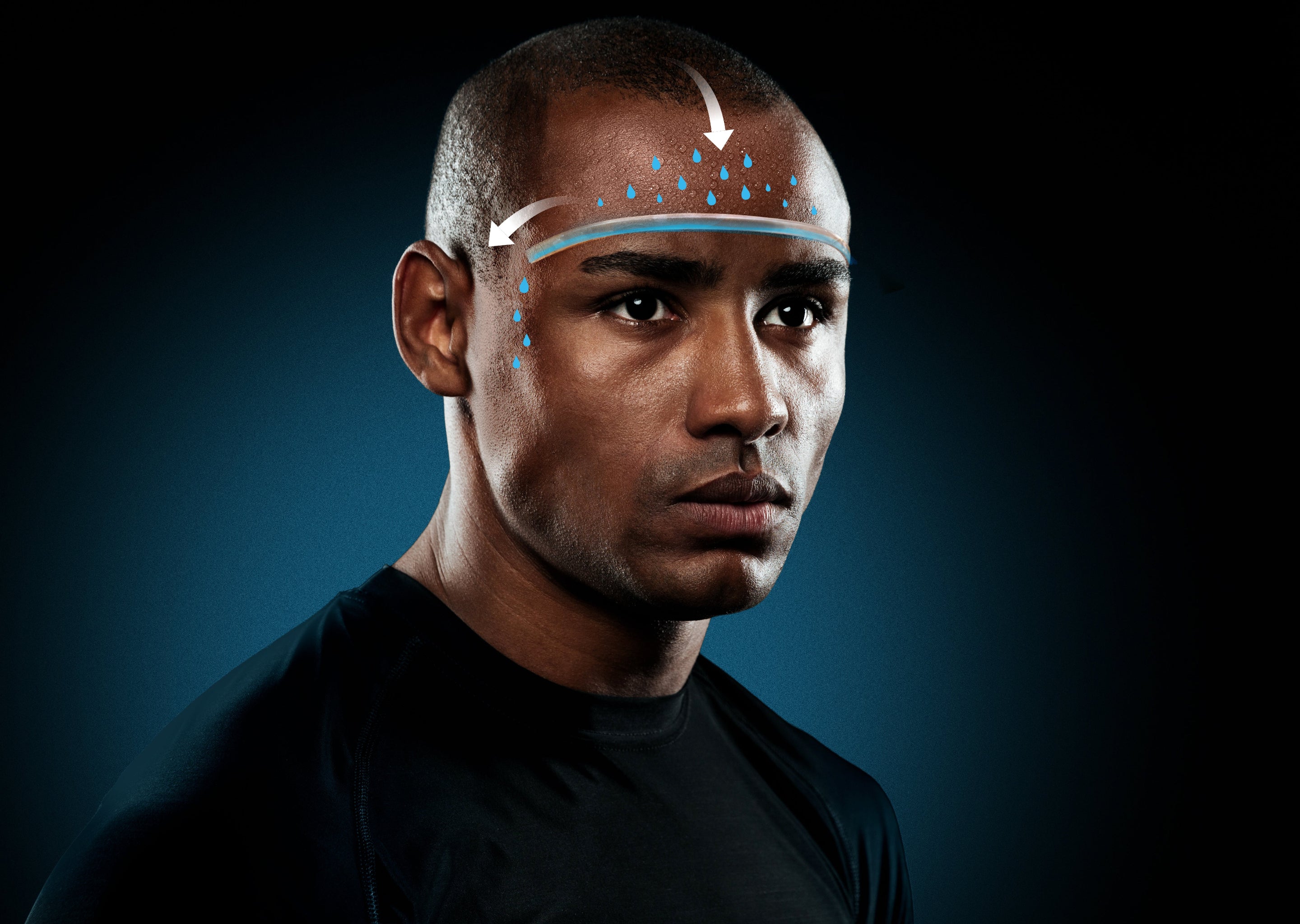
Active adults who run, cycle, workout, and play sports expect to work up a sweat. Most know that sweat is how the body keeps from overheating. Many athletes and fitness enthusiasts have suffered the sting of sweat rolling into their eyes. Learn more about the science behind sweating, why and how it affects our eyes, and useful tips to prevent that sweat-sting from happening during workouts.
Sweating: The Body’s Natural Cooling System
Our body sweats to cool itself down and regulate temperature. Sweating is nature’s way of preventing overheating. With exercise, body temperature rises, which in turn triggers the eccrine sweat glands to produce sweat. The sweat secreted on our skin evaporates and cools us down, preventing overheating.
Replacing fluids and electrolytes lost to sweat by drinking water or sports drinks is crucial to support this cooling process. Proper hydration helps maintain a balance of fluid and electrolytes, ensuring efficient sweat production and preventing dehydration.
Beware of overhydration, though. Drinking too much water has a diluting effect, especially on sodium levels. This effect can impair cellular function, causing cells to absorb too much water and swell. This dilution is especially dangerous, even life-threatening when that swelling occurs in brain cells. It’s all about balance: so, sip, don’t guzzle.
Tears vs. Sweat: Why Sweat Stings
Although both tears and sweat serve to protect and regulate our body, there is a key difference in composition, which is why sweat stings our eyes and tears don’t. Both sweat and tears contain salt, but sweat also contains oils and hormones. Sweat also travels across the scalp and forehead, picking up dirt, debris, and skin products. The salt and other elements can irritate our eye’s delicate tissues, causing discomfort and stinging when sweat gets into them.
Dangers of Sweat in the Eyes
Sweat in the eyes not only causes discomfort but also poses other potential dangers, like blurred vision. Blurry vision can affect your athletic performance and increase the risk of injuries during exercise. Blurred vision is a safety hazard in cycling, hiking, skiing, tennis, and many other sports that require sharp eyes to see hazards, other players, and speeding cross-court shots or line drives.
The salt in the sweat also irritates the cornea and surrounding eye tissue, causing redness and inflammation. Plus, sweat can carry bacteria, hair, and cosmetic products that are never supposed to get in your eyes, risking potential infections.
Keeping Sweat Out of Your Eyes
Fortunately, there are practical ways to prevent sweat from getting into your eyes during workouts.
Good-quality athletic sweatbands worn around the forehead can efficiently absorb sweat before it reaches your eyes. The best type of sweatband is one that diverts sweat away from your eyes, rather than soaking it up and allowing sweat to drip into your eyes due to saturation.
Keeping your face clean also helps prevent sweat from picking up irritants as it rolls across your forehead.
In conclusion, understanding the science behind sweating and how and why it affects the eyes can help active individuals avoid the potential dangers and discomfort caused by it getting into the eyes.










